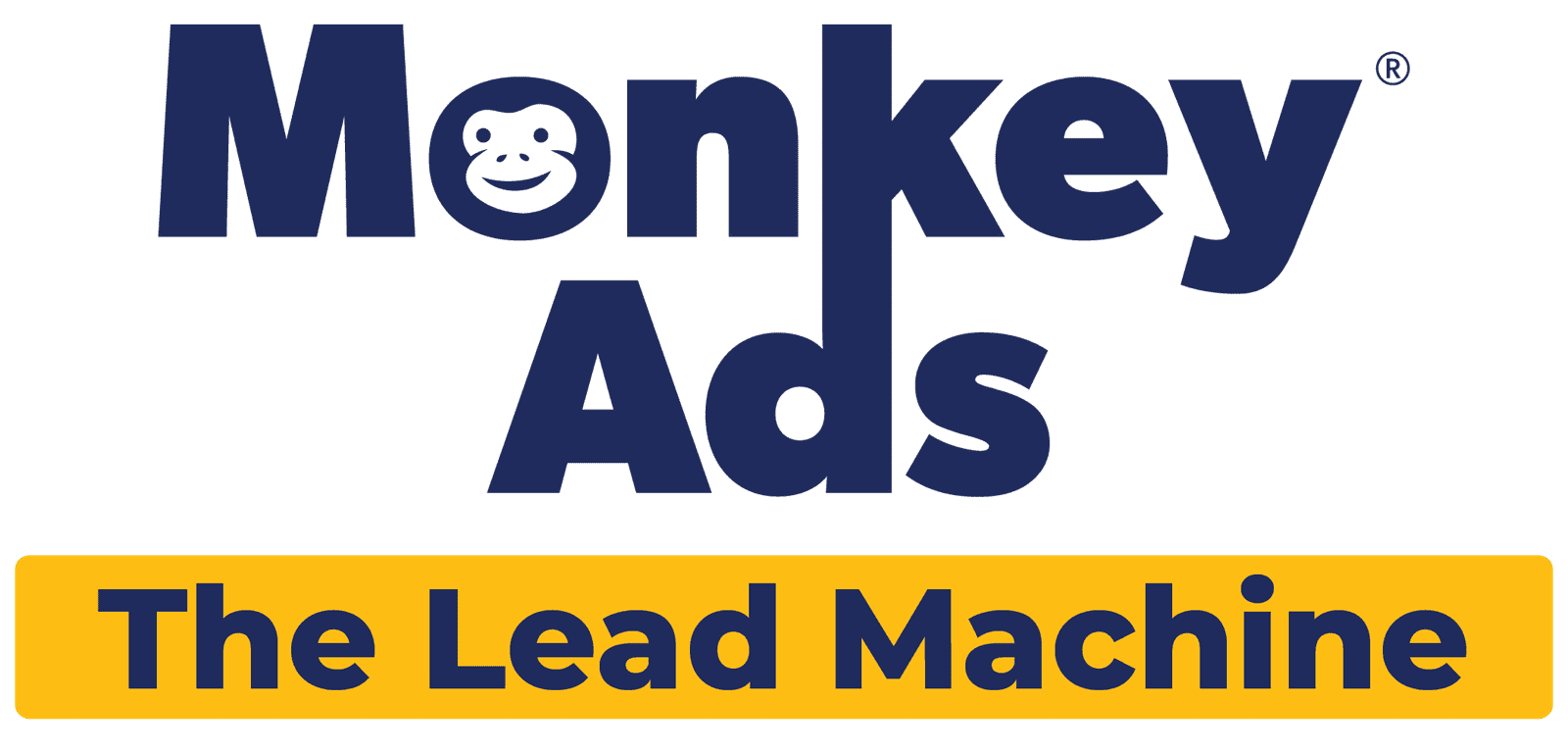WhiteLion Driving Premium Home Automation Leads
In the competitive home automation market, lead generation isn’t just about filling your CRM with numbers it’s about finding qualified, high-intent customers who are ready to invest in premium smart home solutions.
WhiteLion, a leader in luxury home automation in India, partnered with Monkey Ads to create a cost-efficient, content-driven, and highly targeted lead generation system that consistently delivers measurable results. This blog reveals the strategies, frameworks, and campaign insights behind their success.
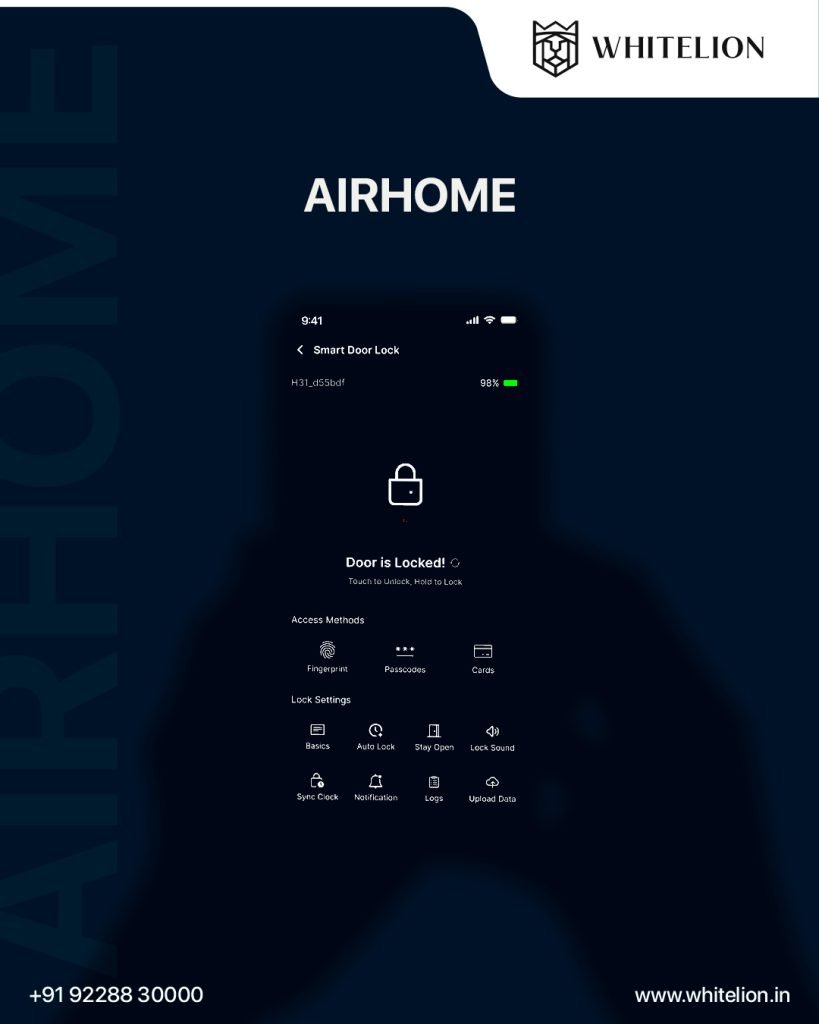
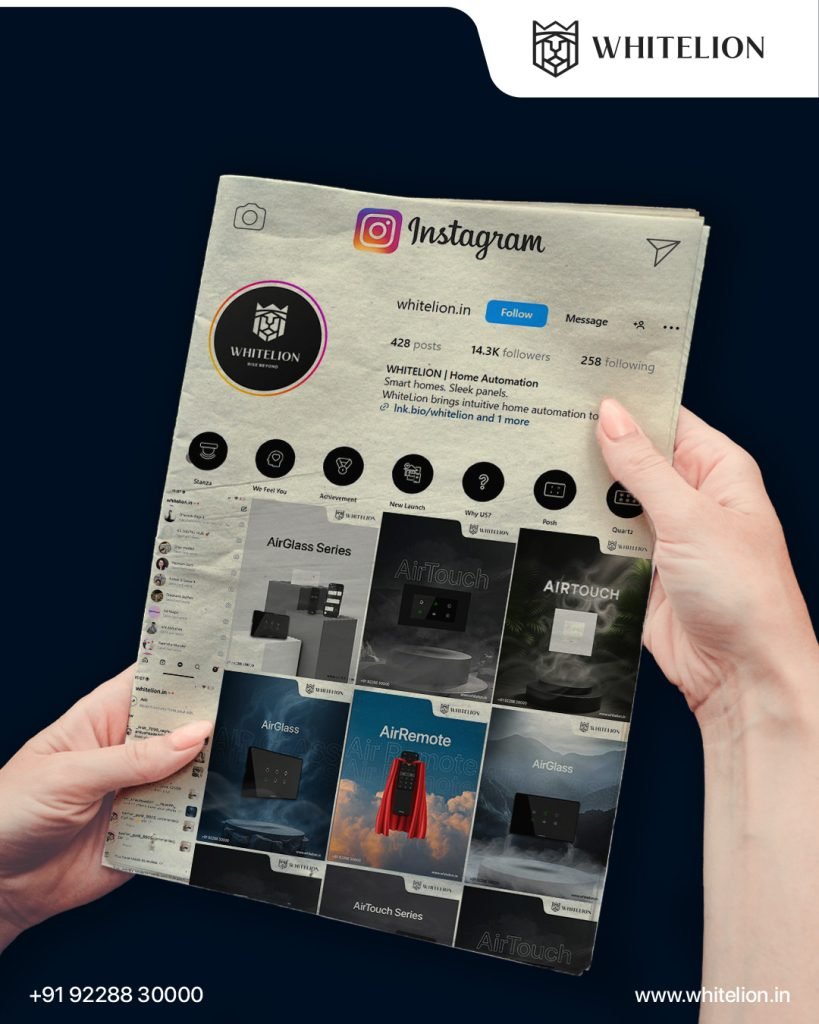
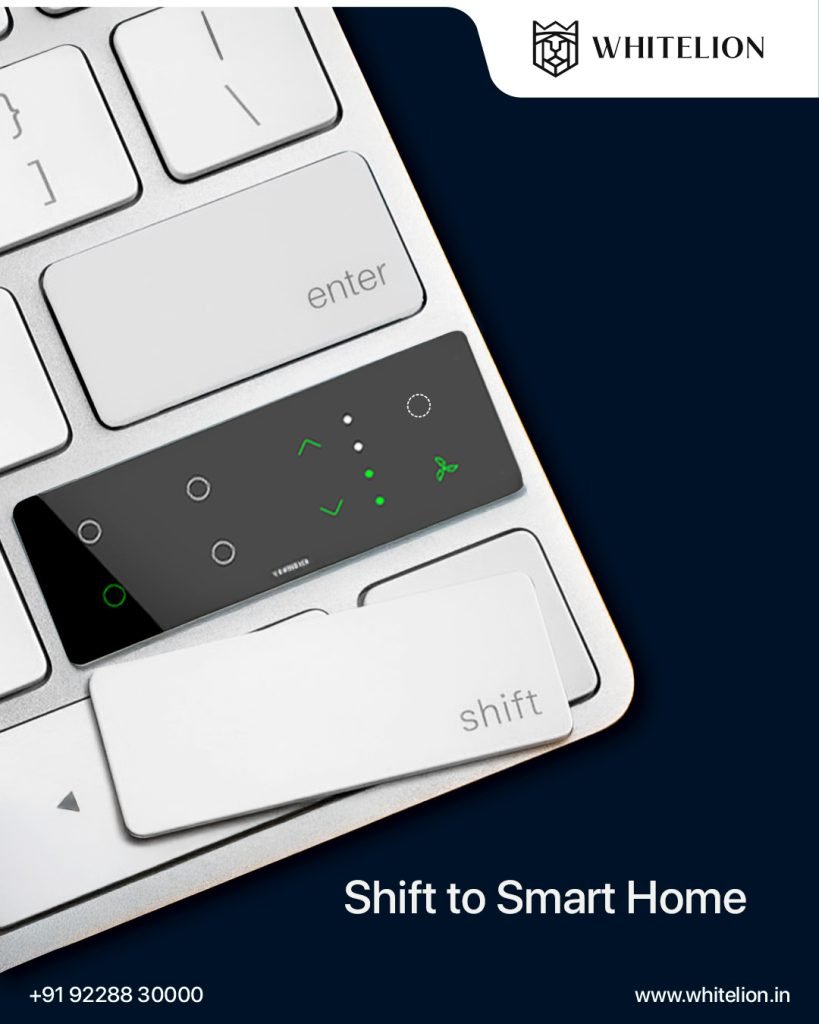
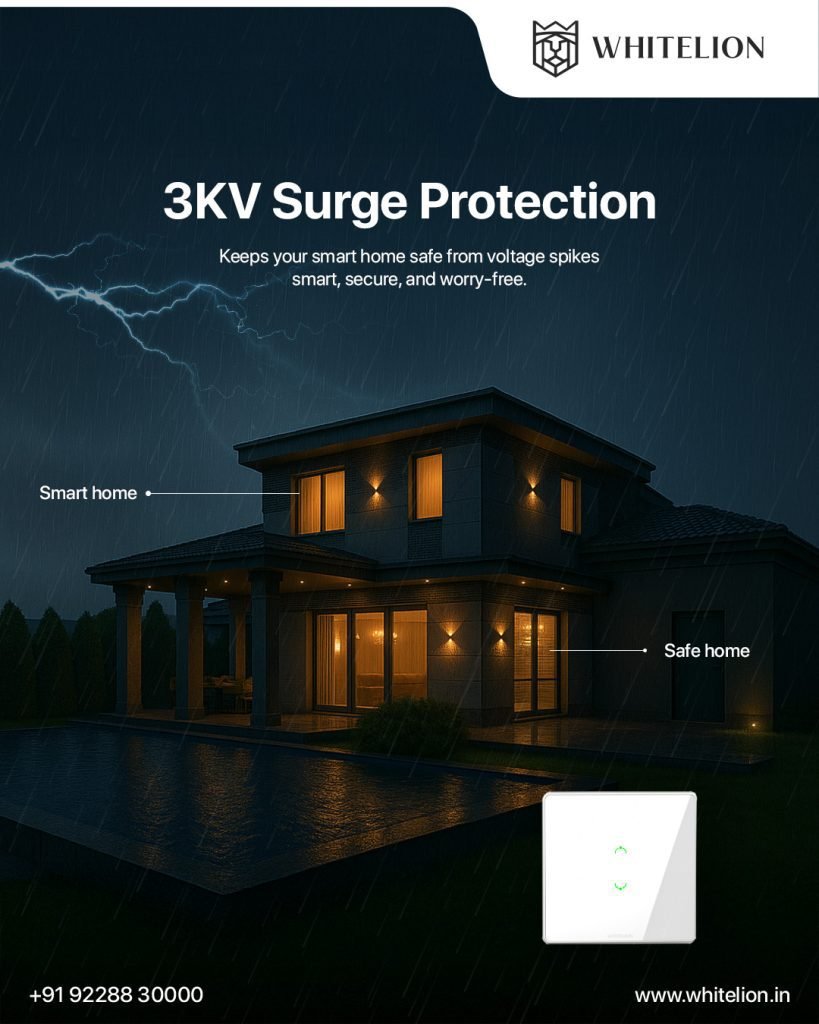
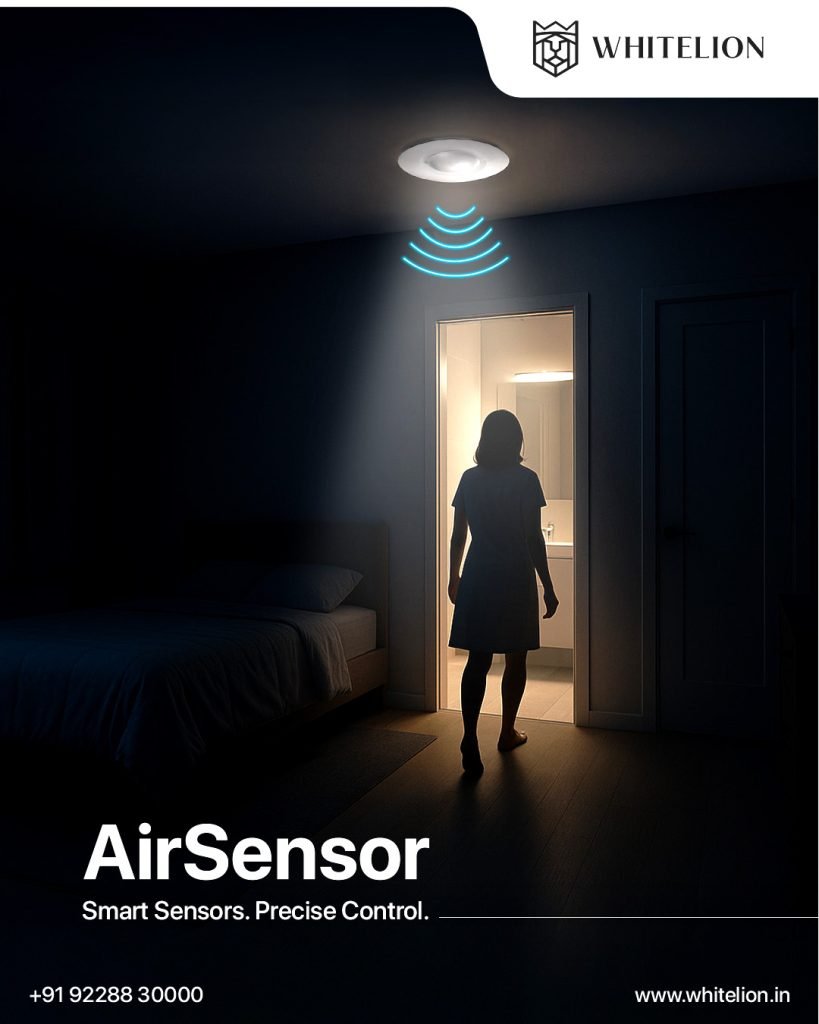
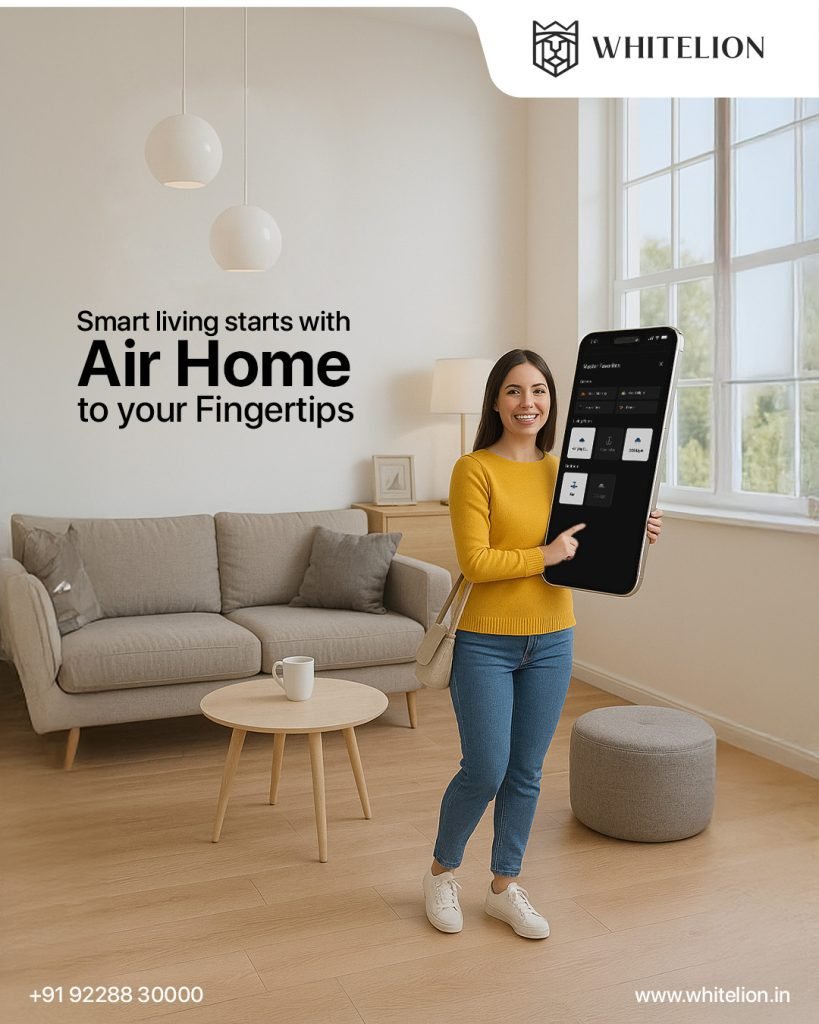
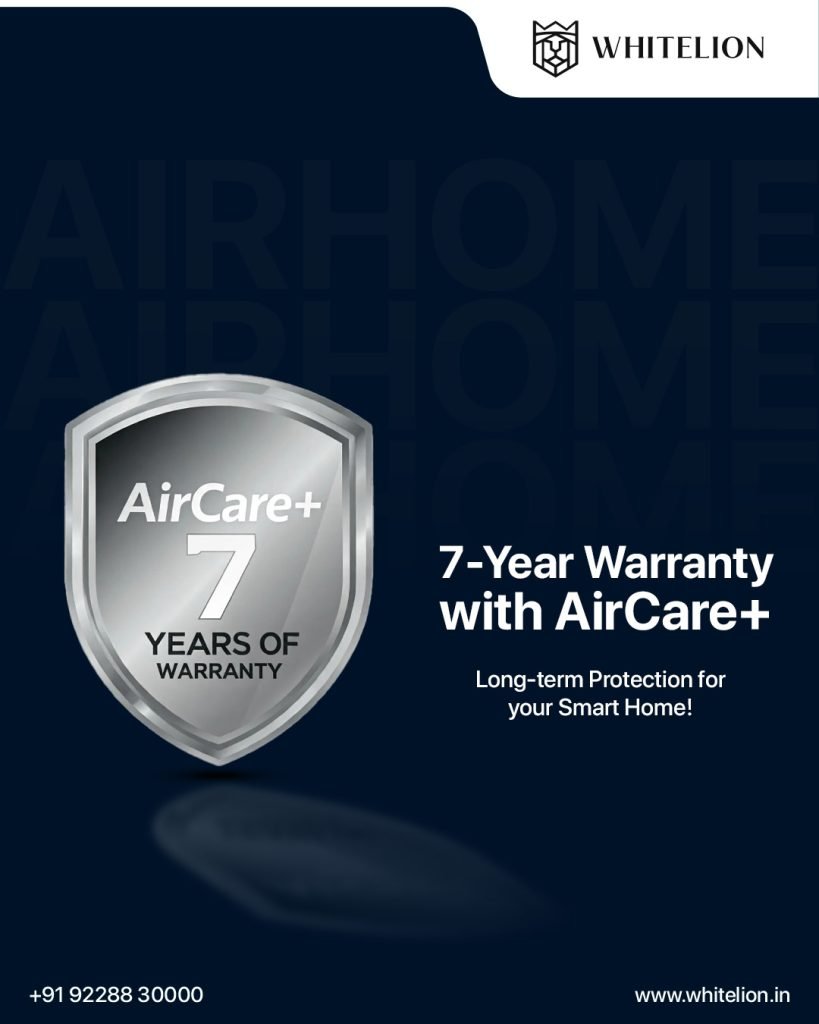
The Challenge of Home Automation Lead Generation
Unlike mass-market products, home automation targets a premium and niche audience:
- Homeowners with disposable income.
- Architects, interior designers, and builders are B2B partners.
- Tech enthusiasts are willing to invest in integrated smart living.
The challenge? Reaching these audiences at scale while keeping Cost Per Lead (CPL) low and lead quality high.
WhiteLion Lead Generation Strategy
Monkey Ads deployed a multi-platform performance marketing approach built on proprietary frameworks: MMFA (Multiple Monkey Funnel Automation), Hyper-targeting, CASA Theory of SCALE, and GQNC Funnel Management.
Content-Led Awareness
Home automation products need visual storytelling. WhiteLion produced 13 high-quality scripts featuring:
- Products reveal like the STANZA smart switch.
- Technology explainers (e.g., AirSensor, 3KV Surge Protection).
- Lifestyle integration videos showing real-world usage.
Result: Even with a reduced ad push, Instagram reached 2.1M+ users and Facebook delivered 4.9M views in July 2025.
Hyper-Targeting for the Right Audience
Instead of casting a wide net, Monkey Ads used content-led targeting:
- Custom creatives for B2B (architects, contractors) and B2C (homeowners).
- Geo-targeted content for high-potential urban markets.
- Platform-specific storytelling to match user intent on Instagram, LinkedIn, and YouTube.
This ensured ads reached the right people, with the right message, at the right time, even when platforms didn’t offer exact filters.
Multi-Stage Funnel Engagement
The GQNC Framework segmented leads into:
- Generation: Capturing leads via Meta & Google Ads.
- Qualification: Filtering out irrelevant or low-quality prospects.
- Nurturing: Using email, WhatsApp, and remarketing to keep interest alive.
- Conversion: Final pushes through product demos, offers, and one-on-one consultations.
WhatsApp retargeting proved especially effective, delivering conversations at just ₹9.28 CPL for hot leads.
Paid Ads Optimization
WhiteLion home automation lead generation success was fueled by data-backed ad campaigns:
- Awareness Campaigns: 1.95M+ users reached at CPM as low as ₹2.41.
- Engagement Campaigns: 25,026 post interactions at ₹0.12 each.
- Traffic Campaigns: 4,819 profile visits at ₹0.72 per visit.
- Lead Campaigns: 1,106 leads at an average CPL of ₹30.36.
- Google Ads: Strong CPV at ₹1.30 and consistent conversions from search-driven intent.
Key Results
- Increased Lead Quality: GQNC tracking ensured a steady flow of qualified prospects.
- Stable CPL: Maintained cost efficiency even with varied campaign types.
- Improved Engagement: Organic and paid synergy kept audiences connected and conversion-ready.
- Boosted Local SEO: Google My Business drove 180 website clicks (+30.4% MoM) and 406 profile interactions (+32.2% YoY).
Conclusion
Home automation lead generation is a blend of creative content, precise targeting, and disciplined ad optimization.
WhiteLion July 2025 campaign shows that when you combine engaging storytelling with data-backed performance marketing, you can attract high-value customers while keeping costs in check.
For brands in the smart home industry, adopting a similar framework could be the difference between sporadic inquiries and a predictable, scalable lead pipeline.
